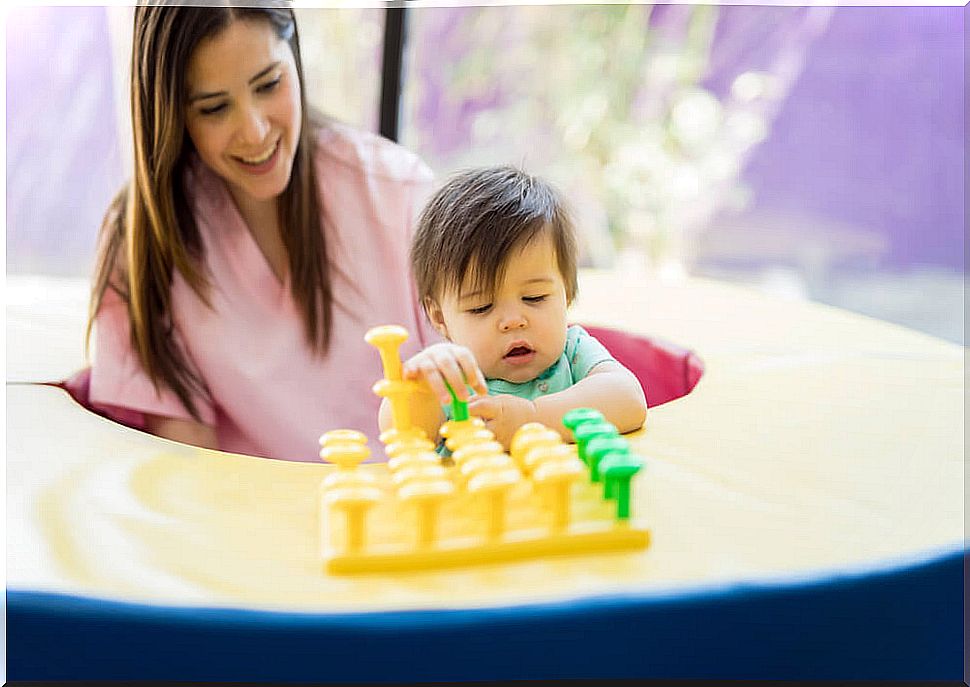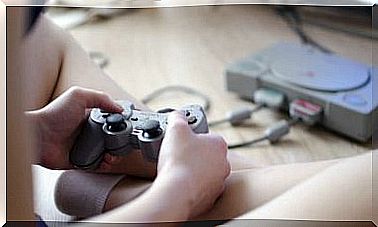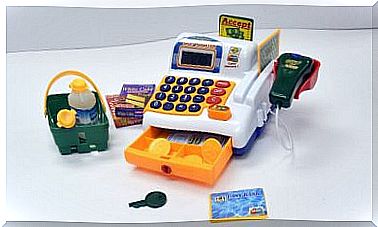When To Put Your Baby On His Tummy? Keys To Get Started

Mothers are very often advised to lay their babies on their stomachs, but when to start? How to do it safely? What must be considered? . In the following lines we answer these questions and give you the keys to start putting your baby on his tummy.
The maturation of the child’s nervous system is observed from the skills it acquires during its growth. Psychomotor development has a visible and determined sequence. First, you begin to develop head and neck control, then continue to strengthen your spine and trunk. Later, he strengthens and controls his limbs.
Keys to start putting your baby on his tummy
It is advisable to start putting the baby on his stomach after 30 days of being born, because from this moment the child begins to slightly extend the neck. This activity should be carried out while the little one is awake and always under the supervision of the caregiver.

- Offer a safe space : preferably on the floor, on a padded area, ensuring that it is free of dangerous objects, clear and with few toys, adapted to the child’s age.
- Be patient : some babies resist this position at first. It’s about starting small, allowing yourself the time you need to adjust.
- Respect the baby’s needs : If the child is hungry, sleepy, or needs a diaper changed, for example, we need to take care of that first. Then you have to find the right time for the activity.
- Begin for short periods of time : Some babies enjoy the tummy position right out of the box. If this is not the case, it is convenient to start gradually, for a few minutes, to increase slowly and progressively as the little one allows it.
- Know and consider the phases of development : this will give us more tools to know what to observe and how to stimulate the infant at each stage.
What does a baby look like lying on his stomach at each stage?
We can predict the psychomotor development of the child according to how it is located on a surface and the movements that it manages to do in that position. In this case, we will talk about the characteristics of the face down position, in the first 6 months of life.
First month
In the first month, the baby is positioned with the legs bent, the knees below the trunk or slightly apart from it. He almost always turns his head to the side and can begin to raise it to change sides. The arms flexed and the trunk accompanies the position of the head.
Second month
At 2 months he begins to kick alternately with his legs. In addition, he supports his forearms, although his arms are still unstable. The elevation of his head is achieved with some oscillations, without exceeding 45º. The neck extension now reaches the height of your shoulder blades.
Third month
A 3-month-old baby manages to raise his head more than 45º without difficulty. He is able to lean on his forearms and move his head freely. His legs continue with some flexion, but he already has more capacity to extend them. He kicks alternately and his ankles are more mobile.
Fourth month
At 4 months he raises his head to 90º and his support on the forearms is with greater arm stability. He also opens and closes his hands voluntarily. Get into the “swimmer’s position” by lengthening your abs and stretching your arms and legs simultaneously.

Fifth month
At 5 months the infant moves his head without difficulty from one side to the other. His hips rest more on the plane and he begins to creep in various directions. Use the support of your forearms to move.
Sixth month
At the end of the second trimester of life, the child handles the forearm support more easily, so he tries to support his hands and extend his elbows. This allows you to unload your body weight on one arm to free the other to reach an object. At this age the little one can turn from face down to face up, without help. Progressively, he will do it with greater skill.
The functional abilities of the child continue according to their development. Each day you will gain more strength and balance and, therefore, more control in your movements. Months later, you will be able to voluntarily change position from lying down to sitting, to then stand up and get ready to walk.
Putting the baby on his tummy as a form of stimulation
Putting a baby on his tummy in the first months of life is for him an activity that requires great expenditure of energy. You must work with your entire body to get your airways clear as a survival mode. It is not a simple posture, on the contrary, it is a complex training.
Therefore, they must be given the necessary time and patience, in a safe and child-friendly space, respecting their needs and taking their age into account. It must be observed, accompanied and allowed to be a moment of play and enjoyment for both him and his caregivers.










